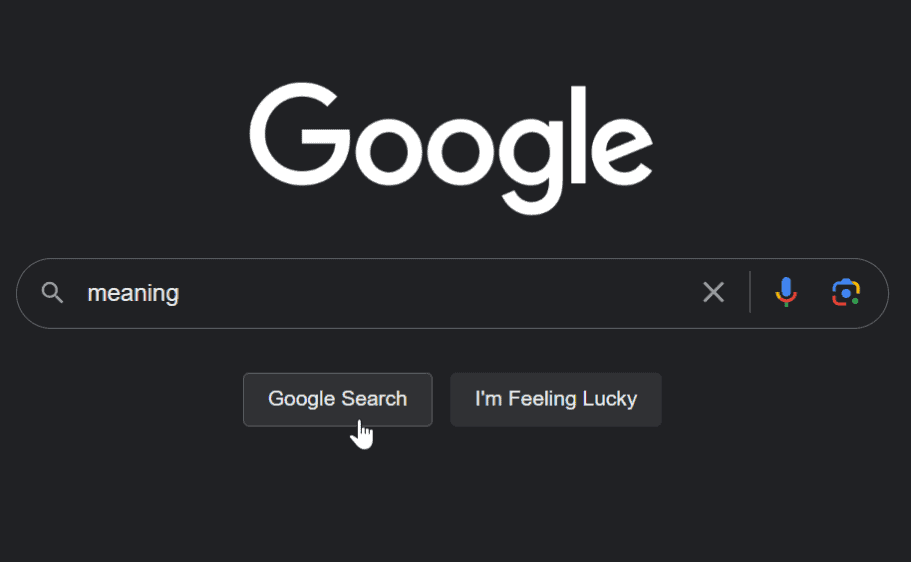Bite the Bullets (A quick summary if you don’t want to read the whole article)
- “Any set of facts can be used to tell an infinite number of stories” is a foundational truth which, if subscribed to, enables you to consider the perspectives of others, resolve issues more quickly, and grow as individuals (111).
- Knowing yourself and how you typically respond or behave in crucial moments will help you address your weaknesses and also catch and correct yourself when your bad habits rear their ugly heads in the moment.
- Being able to pause in a crucial moment for even 5-10 seconds to reassess the story you are telling yourself can break the string of adrenaline-fueled responses for just long enough to regain your composure and remind yourself of the desired outcome.
Savor the Summary
When I first picked up the book “Crucial Conversations: Tools for Talking when Stakes are High,” I assumed the focus would be on mastering conversational skills, but I learned so much more. Even the authors admit near the end that “what we were most interested in was not writing a book on communication. Rather, we wanted to identify crucial moments … when people’s actions disproportionately affect their organizations, their relationships, and their lives” (222).
While they built their narrative around conversations as a type of crucial moment, the following will be what I found most valuable in terms of generic tools that will drastically improve how you a) perceive the world and b) act on these new perceptions to create a better world for yourself.
The Stories We Tell Ourselves (Perception)
In life there are facts and then there are the stories you apply to facts to create meaning. It is these stories you tell yourself that makes a world of difference in the actions you take in life, your mental state (e.g. happy/sad), and general perception of the world. The authors define this process as the “Path to Action,” where
1) you see and hear something (facts) which is followed by
2) a story you tell yourself to apply meaning after which
3) the story makes you feel certain emotions which
4) lead you to taking a certain action (109)
For example, below is an indisputable fact that would be the same to all viewers, and then two different stories that could be applied to the fact to create meaning:
Fact: The sun rose today.
Story 1: The sun rose today to blast me in the eyes and punish me for staying up late last night (victim).
Story 2: The sun rose today to give me light so I can gaze upon this beautiful world once more (victor).
As you can see, the stories you tell yourself can dramatically impact your life experience. The person telling themself Story 2 is much more likely to have a positive day, having started it off by telling themselves a story that leads to gratitude and positive feelings.
On the other hand, the person telling themself Story 1 is arguably going to have more negative feelings about their day by playing the victim in their story, and is less likely to accomplish something beneficial that day. The good news is, stories can be rewritten to put you back on a better path. I think the authors said it best:
“Don’t confuse stories with facts. Sometimes you fail to question your stories because you see them as immutable facts. When you generate stories in the blink of an eye, you can get so caught up in the moment that you begin to believe your stories are facts” (115).
I must have read this line at least 10 times because it applies to all facets of life and can be the difference in whether you succeed or fail in a conversation, goal, career, or relationship. And oftentimes, the stories we tell ourselves shackle us to failure but are subtle in the way they do this.
Three common types of stories that are sinister in this way the authors describe as villain, victim, and helpless stories (117-119). Imagine the fact that you had to work late and you were not happy about it. Below are three stories you may tell yourself that apply to that fact that lead to no or negative action:
- Villain: I had to work late because my boss is a lazy jerk and pawned one of his projects off on me.
- Victim: I had to work late when everyone else gets to leave on time. Why me?
- Helpless: I had to work late and will need to work late every night this week because there are crazy deliverables due this week.
In each of these stories, an excuse is made for why you are in an undesirable situation, none of which give you the power to fix the situation or prevent it from happening again. You are either putting the blame on someone else (villain), excusing yourself of any blame (victim), or coming up with excuses for future events that are “impossible” to prevent (helpless).
While it is very difficult to prevent yourself from telling these stories initially, an arguable superpower to have is being able to notice when you are telling this kind of story so you can rewrite it with one that is more empowering like the following:
- Empowering: I had to stay late because I said “yes” to helping my boss out even though I was already overloaded.
This subtle change in the story where you assume responsibility puts the power back in your hands to prevent the situation from happening again (e.g. “since it was my fault, in the future I won’t offer to help out when I am already busy”). More generally, it is this ability to pause and consider alternatives to what you see as the current “truth” that will undoubtedly enrich your life.
Pause in the Moment
Have you ever wanted the ability to alter reality? What if I told you all it takes is 5-10 seconds for you to change your whole world? When in the middle of a crucial moment like an argument with a loved one, taking a few seconds to gather yourself and reevaluate the story you are telling yourself about the moment can completely alter your reality for the better.
For example, I was recently arguing with my wife and the energy was only getting more negative with each minute that passed. Both of us believed the other person was at fault and were trying to force our stories on to each other which never works out well. Luckily there was a few seconds of silence during which I happened to remember I was reading Crucial Conversations and decided to put it to the test and challenge my story.
I asked myself, “what if I am at fault?” Even if I wasn’t, taking the time to consider that another possibility exists made me soften and become more open to hearing her side of the story. This completely changed the direction of the conversation and allowed us to right the course back towards an amicable resolution.
Conclusion
The stories you tell yourself determines the “reality” in which you live, and since you apply these stories to events almost as they happen you can’t tell the difference between your story and the factual event. This split second meaning has the power to shape how you react to anything from a single event to how you live your entire life, and so it truly is a superpower to be able to pause in a moment and challenge the story you are telling yourself to reshape your reality.
I urge you to try this out as it has reshaped my life and that of many others for the better, and if you find it valuable and want to learn how to take that skill to the next level, dig in to the details of Crucial Conversations and check out Part 2 of this blog series!



